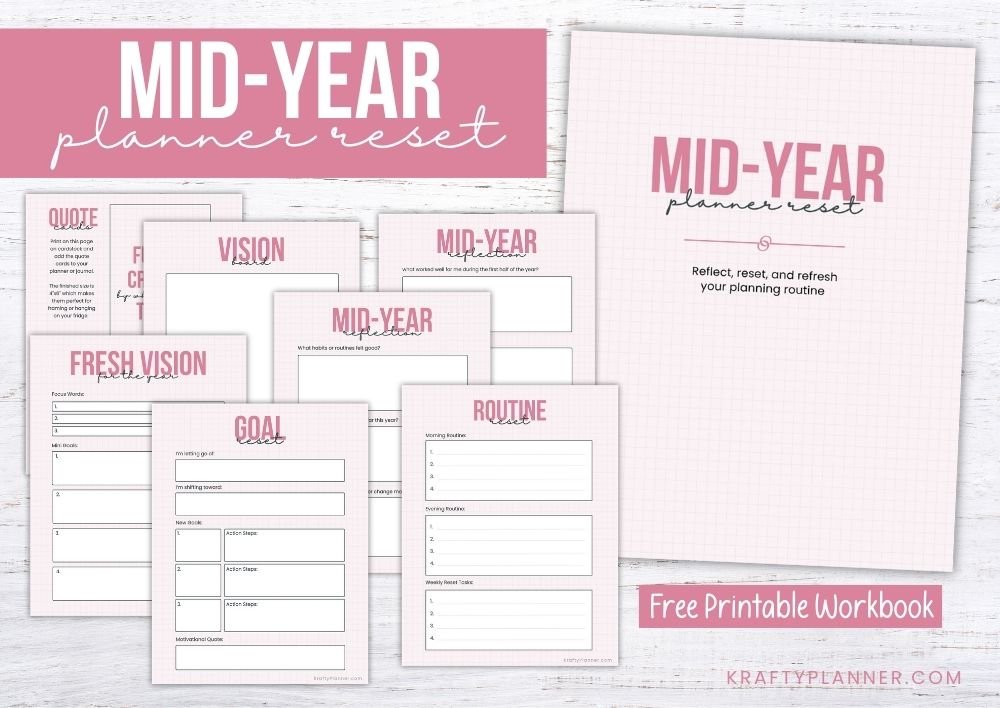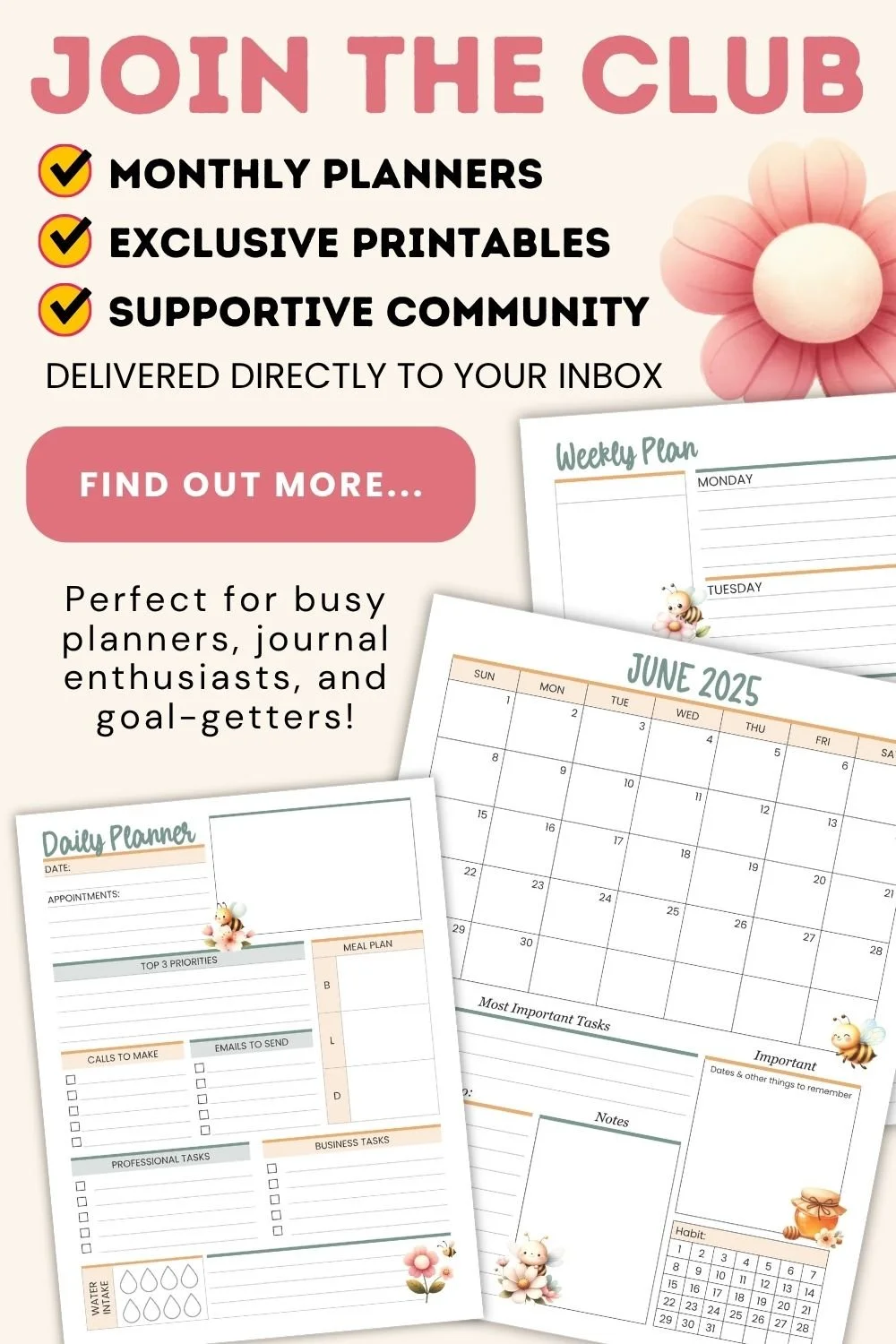Creating a Peace of Mind Plan: How to Prepare for Unexpected Caregiving Roles
It often starts with a single phone call. A parent falls, a grandparent forgets the stove again, or a loved one’s health takes a quiet but undeniable turn. Suddenly, you're sorting prescriptions, attending medical appointments, and trying to piece together what “care” actually means—on top of everything else already on your plate.
Caregiving isn’t always something you choose. Sometimes, it chooses you. And when it does, the difference between chaos and calm often comes down to how prepared you were to begin with.
A peace of mind plan is exactly what it sounds like—a way to take some of the emotional and logistical weight off your future self. It’s not about expecting the worst. It’s about creating a sense of steadiness if (or when) caregiving becomes part of your life.
Why You Need a Caregiving Contingency Plan
Caregiving often begins without warning. One day you’re helping with errands, the next you’re managing medications, coordinating appointments, and fielding calls from doctors you’ve never met—all while trying to keep the rest of your life afloat.
Nearly one in five adults in the U.S. has taken on a caregiving role in the past year. Most weren’t prepared for what that meant beyond love and good intentions. According to a national report on caregiver support, family caregivers continue to navigate a fragmented system with little coordinated guidance, despite their responsibilities growing.
That kind of gap creates real stress. Without a plan, it’s easy to feel like you’re constantly playing catch-up—emotionally, financially, and logistically. A peace of mind plan won’t solve everything, but it gives you a way to prepare with purpose, so that when the unexpected shows up, you’re not starting from zero.
Key Elements of a Peace of Mind Plan
You don’t need a color-coded binder or hours of free time to create something meaningful. A peace of mind plan is about having the right pieces in place so you’re not scrambling when someone needs you most. Start small—just a few pages in your planner or a folder on your desk can make a difference.
Essential Contacts
Create a simple list of names and numbers you might need in a hurry—doctors, specialists, neighbors, close friends, the pharmacy, and any facility staff involved in your loved one’s care. A notecard in your wallet or a note on your phone is better than trying to remember under pressure.
Medical Information & Medications
Jot down current diagnoses, medications (with dosages), allergies, and upcoming appointments. If you’re handed a hospital intake form or have to update a care team, you’ll want this ready.
Legal and Care Directives
Keep copies of any power of attorney, healthcare proxy forms, and living wills. If your loved one hasn’t completed these documents yet, it’s worth encouraging a conversation while things are still calm.
Daily Preferences and Routines
Sometimes it’s the smallest details that make a person feel safe and seen. Favorite snacks. Bedtime rituals. Music during meals. Including a brief routine overview can help others step in without disrupting what matters most.
Observation Notes
Keeping a simple log can be especially helpful if your loved one is in a facility or receiving in-home care. Track changes in mood, physical health, or behavior. You don’t need to document everything—just enough to notice patterns or catch something that doesn’t feel right.
You don’t have to finish it all at once. Even a few basics can offer real stability. Over time, your plan becomes a living tool, shaped by experience and updated as things change.
Emotional Boundaries and Wellness for New Caregivers
Caring for someone you love can blur the lines between support and self-sacrifice. What starts as helping with small tasks can quickly become a full-time responsibility, often with little space left for your own needs. That’s why emotional boundaries aren’t a luxury. They’re essential.
One of the most useful tools is a simple self-check-in. Each week, ask yourself:
Am I feeling consistently drained, anxious, or resentful?
Have I set aside time for myself in the past week?
Is there something I need to say or delegate that I’ve been avoiding?
Am I confusing being available with being responsible for everything?
You don’t need long journal entries—just a few quiet minutes to reflect on how you’re doing. If something feels off, that’s worth listening to.
Boundaries can also take shape in small decisions: letting a call go to voicemail, taking a walk without guilt, or saying no to something that isn’t yours to carry. These moments add up. They remind you that you matter too—and that helping someone else doesn’t mean erasing yourself in the process.
What to Watch For: Red Flags in Facility or In-Home Care
Part of caregiving—especially from a distance—is learning how to read between the lines. Not every problem announces itself. Sometimes the signs are subtle: a shift in mood, a hesitation to speak freely, bruises with no clear explanation. These details may seem insignificant, but they’re worth taking note of.
A few red flags to pay attention to:
Withdrawal or uncharacteristic anxiety
Unexplained weight loss or appetite changes
Frequent falls or injuries without a clear cause
Poor hygiene or soiled clothing
Staff who avoid questions or give inconsistent explanations
One sign may not point to a crisis, but a pattern can. Keeping a simple observation log in your planner can be helpful. Track dates, behaviors, or concerns, even briefly. It helps you trust your instincts, especially when you need to speak up.
When You Need to Speak Up: How to Take Action if Something Feels Wrong
There’s a specific kind of discomfort that settles in when something doesn’t feel right, but you can’t quite name it. A rushed visit. A small injury. An excuse that feels too rehearsed. And the quiet voice in your head saying: pay attention.
Trust that feeling.
You don’t have to be confrontational to be protective. Ask questions. Keep notes. Push gently if things don’t add up. If you’re still concerned—or if you believe something serious is happening—knowing how to report nursing home abuse becomes part of protecting your loved one, just like helping them stay on their medication or get to appointments.
You don’t need a full plan to act. You just need to take that first step.
Planning With Compassion, Living With Peace
There’s no perfect way to prepare for caregiving. Even the most detailed plan can’t prevent hard days, emotional moments, or unexpected turns. But thinking ahead—just a little—can create breathing room in the middle of it all.
Using a simple daily routine can help you stay centered and flexible as caregiving needs shift. Creating structure around your priorities—even on unpredictable days—is easier when you have a system for staying productive with daily planning that works for you.
And when things feel overwhelming, return to what matters. A quiet moment. A clear list. A plan that exists, even if it’s still in progress. That’s peace of mind—one thoughtful page at a time.
BEFORE YOU GO:
Here are a few more posts you might like:
See my Link Party Directory for a current list of blog parties I attend each week.
FOR PERSONAL USE ONLY – Please Read Freebies Terms of Use.
(This post may contain affiliate links. For more information, see my disclosures here.)
~ SHARE THIS POST ~
Did you like this post? Do you know someone else who might enjoy it? Please take a minute to share it on Pinterest, Facebook, or your favorite social media… Thank you!




















